Sort:
The average pro reviews rating is 7.0 / 10, based on the 9 reviews.
How we do it
We humanly agregate professional reviews from a number of high quality sites. This way, we are giving you a quick way to see the average rating and save you the need to search the reviews on your own. You want to share a professional review you like?



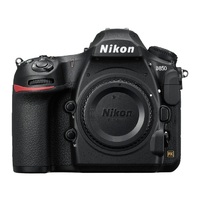
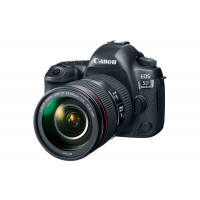

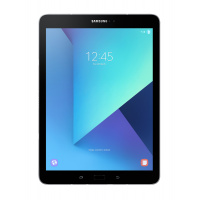
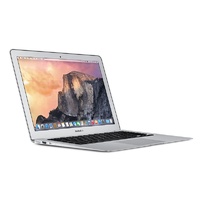









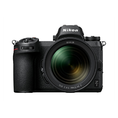





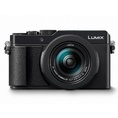








xbitlabs‘s review Edit Like Unlike
Jul 12, 2012
hardocp‘s review Edit Like Unlike
Aug 06, 2012
PC Magazine‘s review Edit Like Unlike
Jun 25, 2012
HotHardware‘s review Edit Like Unlike
Apr 08, 2012
TechRadar UK‘s review Edit Like Unlike
May 04, 2012
benchmarkreviews‘s review Edit Like Unlike
May 03, 2012
computershopper‘s review Edit Like Unlike
Apr 23, 2012
hardwaresecrets‘s review Edit Like Unlike
Apr 10, 2012
bjorn3d‘s review Edit Like Unlike
Apr 08, 2012